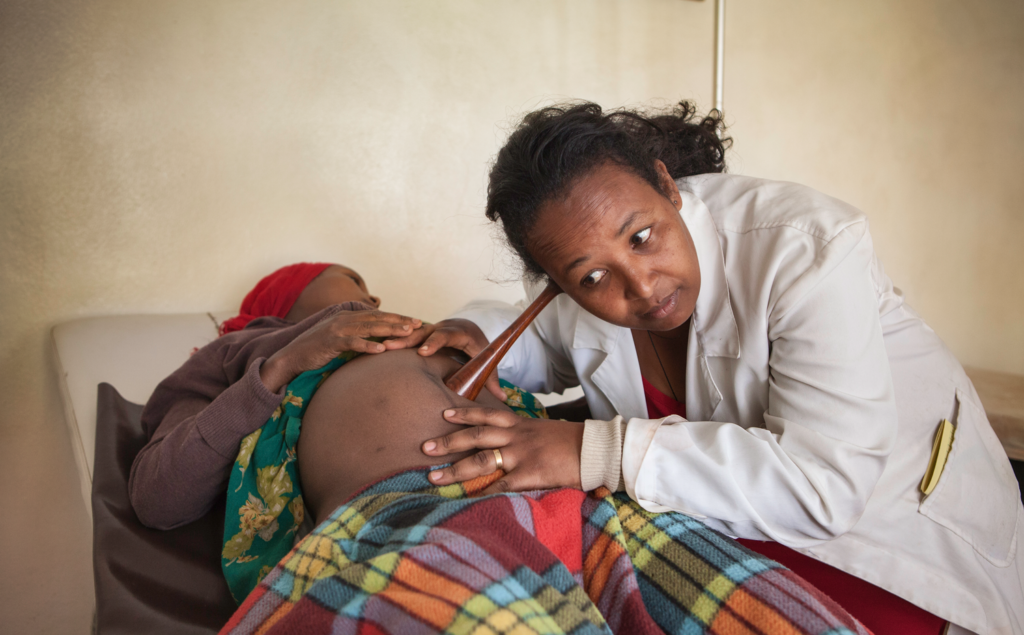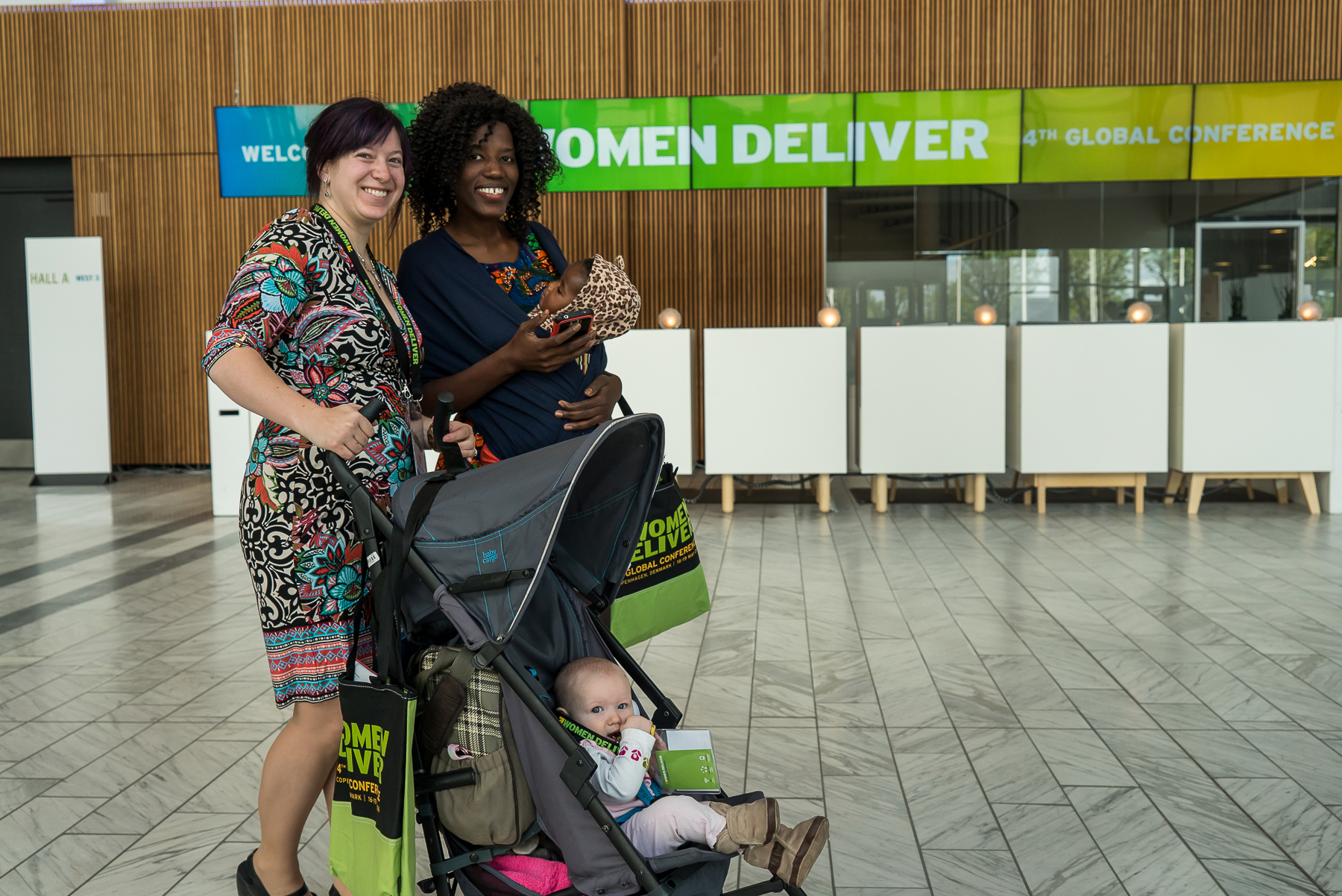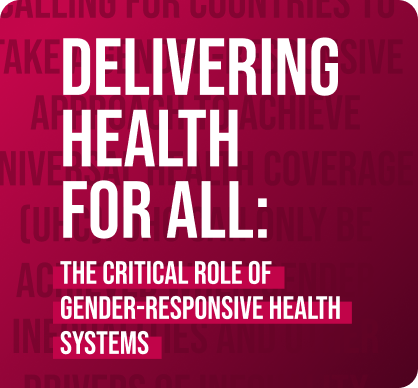 Produced by Women Deliver
October 2, 2018
Katja Iversen
International Federation of Gynecology and Obstetrics
Produced by Women Deliver
October 2, 2018
Katja Iversen
International Federation of Gynecology and Obstetrics

Photo Credit: Mark Tuschman
Invest in girls and women. Break down the silos. You have the power – so use your voice.
These are the key messages I want you to take home with you from my Alvarez-Bravo Keynote on October 16th.
As President/CEO of Women Deliver – a leading global advocate for gender equality, and the health, rights, and wellbeing of girls and women – I also will tell you there’s an urgent need to reimagine and implement health systems and policies that put girls and women front and center.
When I addressed the G7 on behalf of the Gender Advisory Council this past June, I reinforced that gender equality is the bedrock of healthy societies. When girls and women have access to the full spectrum of services pertaining to their sexual reproductive health and rights, and beyond, they take the reins to their future. This is the path to healthier communities everywhere.
Conveniently for those of us attending the 22th FIGO conference next month, there are few places as fitting as Brazil to discuss the health, rights, and wellbeing of girls and women – and the “all-hands of deck” approach we have to embrace to make real progress in these areas. In the past few years, Brazil has faced a public health crisis that once again showed us that we cannot tackle health as health alone – treating it like it is just about a disease or body part.
But most notably, the Zika epidemic has put a spotlight on reproductive health and rights in Brazil and the rest of Latin America. We have learned the hard way that the “avoid pregnancy at this moment” approach doesn’t work as a health strategy without the services to back it up. And that unless we accept that the right to health cannot exist without women being able to exercise their right to make decisions over their own body – like choosing to have an abortion – we all stand to lose.
In short, you cannot make meaningful progress if 51% of the global population isn’t able to participate equally and fully in society.

For those of us who promote the investment case for girls and women every day, it comes as no surprise that holding girls and women back from living their full potential, holds everyone back. And because girls and women are also powerful changemakers, the losses of a system that does not invest in them are even more profound. Because data shows that when we expand opportunities for girls and women, there’s a ripple effect that benefits their communities, countries, and even entire economies.
This ripple effect also becomes evident when we zoom into the health sphere. As a matter of fact, there are multiple benefits to building women-centered health systems and implementing health policies that provide a comprehensive continuum of care for girls and women. When a woman is healthy, her family and community are more likely to be healthy too. And a health system that is ready to deliver for women, when women are ready to deliver, is a strong health system.

What would it mean to reform health systems with girls and women top of mind? What would it mean to reform health systems with girls and women top of mind?
First, we must put in place policies and services that reflect how girls and women seek and experience healthcare every step of the way. This means providing access to a complete range of quality maternal, sexual, and reproductive health services, including modern contraception and access to safe abortion.
We must also address the feminization of the workforce. Today, women represent up to 80 percent of the world’s health workforce some countries – but as in many other fields, they make up the bulk of lower cadres. To build capacity for the health system overall, we need to invest in women in the health workforce by equalizing pay, providing training and education, and having gender balance in leadership, including at the very top.
But to achieve health for girls and women – and health for all – we also need to look into holistic, cross-sector investments.
We know from the 2030 Sustainable Development Agenda, that the solutions to the health problems that face us are cross-sector in nature, indivisible, and interdependent. We see health flicker forwards and backwards through goals to eradicate poverty, end hunger, improve access to clean water and sanitation, and fuel economic growth. Or to make what may seem abstract a bit clearer: the Zika epidemic is proof that we can’t improve health without investing in gender equality at large – comprehensive sexuality education, access to contraception and abortion, research, sanitation – nor without addressing poverty and the vulnerable populations it creates. Those seeking to fuel healthy communities must be willing and ready to work with partners from adjacent sectors.
On October 16th, I look forward to diving into the important role gynecologists and obstetricians have to play in moving the needle for girls and women. As everyday providers of care for girls and women, you have a unique vantage point of their realities. This makes you powerful advocates in the movement to advance their health, rights, and wellbeing.
For more information, see our infographic on maternal and newborn health and nutrition.


